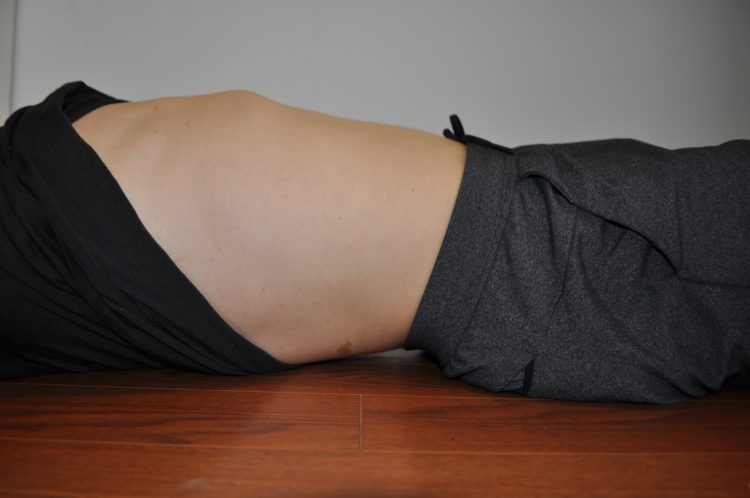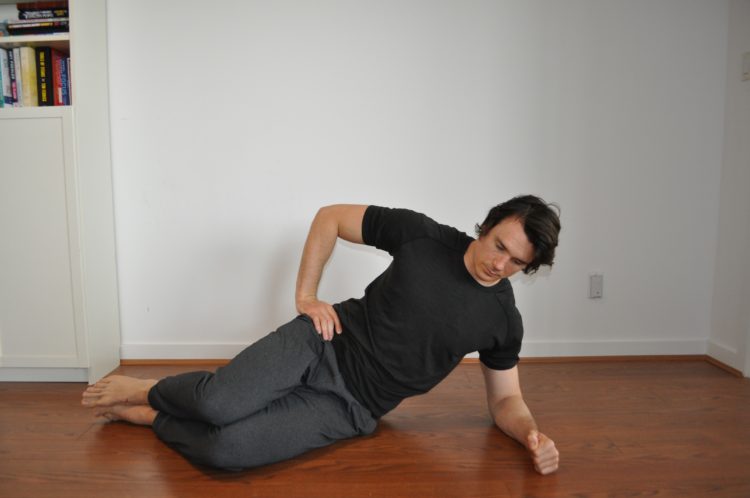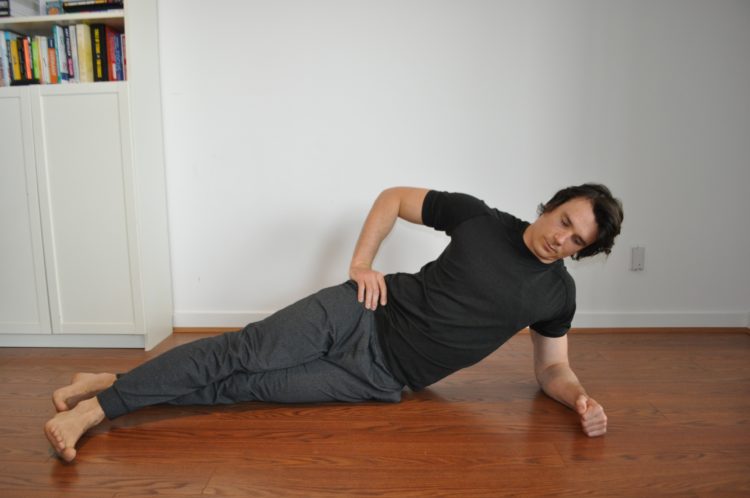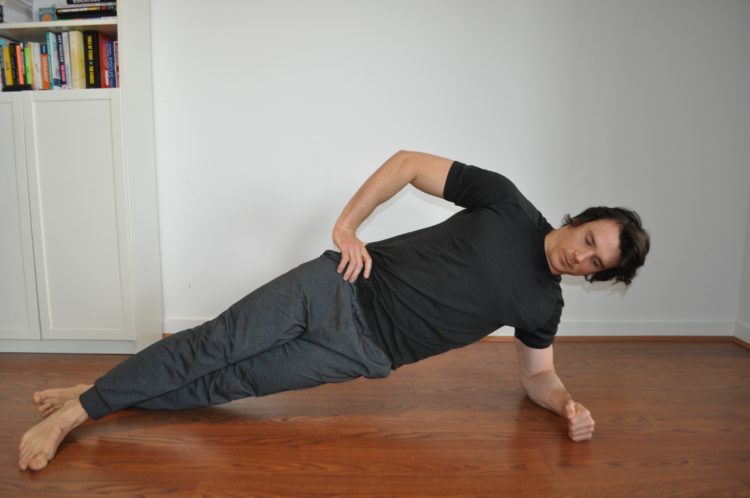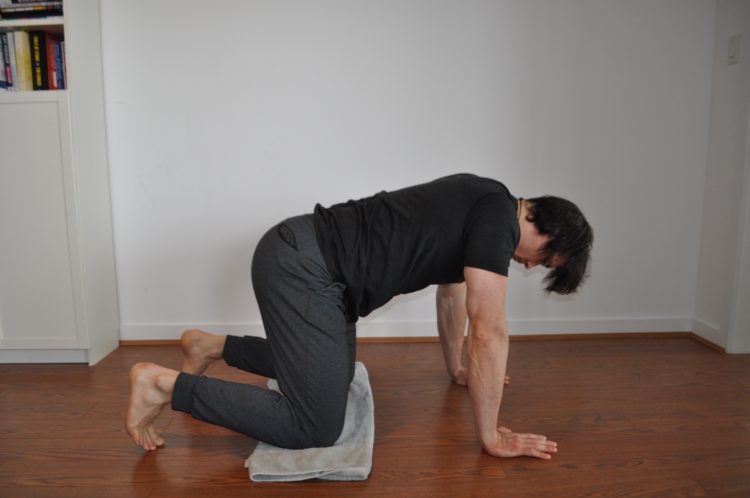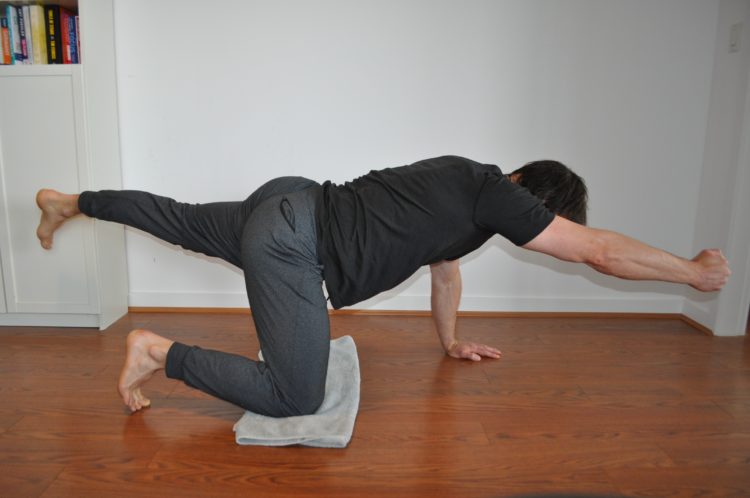Being injured sucks. Back injuries suck even more. And there are so many connections from your spine to the rest of your body that it’s impossible to be prescriptive and say these exercises will fix you — every case is unique to the individual.
But we do know planks are better for stabilizing the spine than bicep curls, and that some exercises are better for stabilizing the spine than planks. Joint micro-movement is one of the biggest causes of discomfort, and improving stability is one of the most effective ways to minimize them.
The single leading cause worldwide for disability is back pain.(1) Between 1990 and 2015, there was a 54% increase in the number of years lived with debilitating back pain.(2) Eight out of ten Americans will experience back pain at some point in their lives.(3) Only one out of the 10 will uncover the true cause of their pain.(4)
Yikes. I’m one of the people who will try just about anything to get better. I tried countless chiropractic adjustments, hours of icing, unnecessary stretching and “mobilizing”, acupuncture, massage therapy, you name it — nothing provided lasting relief until I learned about Dr Stuart McGill.
Editor’s note: The content on BarBend is meant to be informative in nature, but it shouldn’t take the place of advice and/or supervision from a medical professional. The opinions and articles on this site are not intended for use as diagnosis, prevention, and/or treatment of health problems. Speak with your physician if you have any concerns.
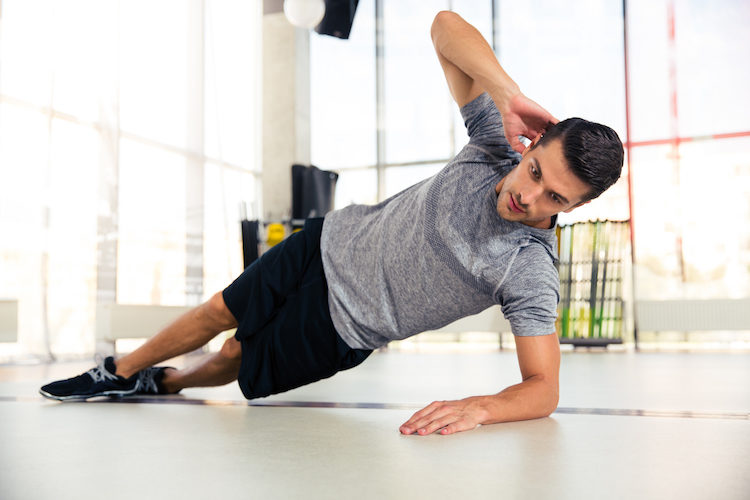
The Back Wizard
When talking about anything back and spine related, the first name that comes to mind is Stuart McGill. With a PhD in human biomechanics and 30 years as a professor at the University of Waterloo, you can imagine this guy’s CV is stacked. His name quickly became known to the world of sports from his years of running a laboratory and experimental research clinic.
Starting his career measuring how the spines of powerlifters absorbed loads, McGill has since written countless books such as The Back Mechanic, Ultimate Back Fitness and Performance, Low Back Disorders: Evidence-Based Prevention and Rehabilitation, and The Gift Of Injury, co-authored with multiple all-time World Record holder in powerlifting, Brian Carroll. Eventually, he founded BackFit Pro, an online hub where clinicians and average joes alike have access to every resource you can think of to educate and help improve back health.
His most sought out concept to date has been used by hundreds of physical therapists, coaches, trainers and athletes around the world: the Big Three.
[Related: 3 hinge exercises you can probably still do when your back hurts]
Stu McGill’s 3 Essential Core Exercises
Dr. McGill was on a mission to find the best exercises to create a more durable spine. After many experiments, he gathered that the pairing of the Modified Curl Up, the Side Plank and the Bird Dog not only improved long-term resiliency but they have great short term benefits as well. These three exercises, performed once or twice a day, impact the intricate muscle network that supports the spine by establishing a certain level of stiffness and bracing. Joint micro-movements are often the main trigger for back pain, which is why McGill talks a lot about improving sprint “stiffness.”
Now, let’s break them down one by one.
The Modified Curl Up
Starting with lying down on the ground, one leg bent with your foot flat on the floor and the other relaxed straight down. Sneak your hands behind the small of your back to maintain the integrity of your spine’s natural curve.
Once you’re set up, take a breath and imagine being lifted by your breast bone up towards the ceiling. Our natural inclination will be to “curl” ourselves up by tucking the chin but the movement will actually be quite minimal. Keep your neck long and only lift yourself a few inches from the floor.
Make sure you’re not flattening your spine against your hands, this can create some unnecessary flexion in this region and can over-mobilize your lower spine instead of stiffening it.
Hot tip: Imagine there is a tiny string attached to the top of your hip bone and your bottom rib. By engaging your lower core, the string shortens and “pulls” you up as your chest lifts.
The Side Plank
Starting on your side, you’re going to bend your arm at a 90 degree angle, make a fist and stack your elbow right underneath your shoulder. Hips should be down at this point. Bend your knees to make sure they line up with the rest of your body (you don’t want to set up in a piked position before beginning). Your legs should be stacked on top of one another.
From there, straighten your legs with your hips still down on the ground, take your top leg and place your foot right in front of the other. From there, you’re ready to lift your hips into the side plank.
Hot Tip: think of putting more pressure into your forearm and the heel on the bottom leg to ensure your hips don’t twist or pop up too high.
The Bird Dog
Starting on all fours with your shoulders stacked over top of your wrists and hips on top of your knees. Tuck your toes under to create a little more neural activation. Keeping your spine perfectly horizontal to the floor, extend the opposite arm to leg along the ground before lifting up. Make a fist with your working arm and keep your foot flexed thinking of pushing your heel towards the back wall behind you.
Once you’re set, gently lift both working limbs to hover off the ground. The height will depend on whether not you’re able to maintain a flat back without twisting your hips or losing tension through your midline.
Hot tip: each limb has a role in this position. Push down into the floor with each supporting limb and keep the working ones stiff and strong with proper tension distributed. Also, I like to imagine a hot bowl of soup on my tailbone to make sure everything stays level.
[Related: 3 anti rotation exercises to improve Olympic lifts]
Sets and Reps
Following McGill’s guidance outlined in The Gift Of Injury, he recommends to begin by using a Russian pyramid to sequence the reps and sets.
Performing 3 sets of each movement with a descending rep scheme of 4-3-2 “reps” for both sides. Each “rep” is to a hold and can be from 10 to 15 seconds long. At the beginning, anything longer than that starts to take away from your body’s ability to properly engage everything cohesively through your midline. As these smaller stabilizer muscles start to naturally fatigue, your body might compensate and lean into support from bigger muscle groups.
Shorter holds = more intensified focus for the entire duration of the rep.
Note: As someone that’s been struggling with getting my back pain under control, I’ve never experienced such quick results. Sitting for a long period of time — or even just the act of sitting period — used to trigger some intense pain and discomfort. Now, I haven’t felt a single hint of pain since adding these into my warm up routine. Whether it be during a recovery day or before a heavier lifting session, I always feel “locked in” and ready to go.
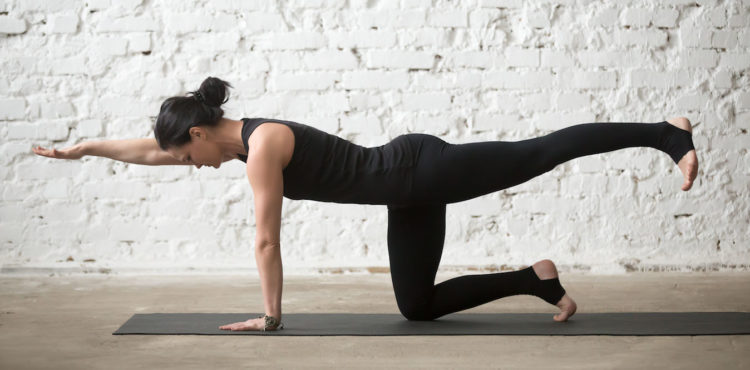
Why These Three Moves Are Performed Every Day
“Proximal stiffness allows for distal mobility and athleticism” Dr. McGill quotes in The Gift of Injury. This also rings true beyond the world of strength sports. Having great core strength and control can allow you to produce more power and apply more force to whatever task you’re looking to accomplish. Imagine having a “soft spine” and trying to deadlift three times your bodyweight… Ouch.
Usain Bolt didn’t run 100m in 9.58 seconds without some insane core stability and engagement. Same goes for Tyson knocking out almost every opponent that’s stepped into the ring. Still can’t conceptualize it? Try sprinting as fast as you can and keeping your core as soft as mashed potatoes. (Don’t actually do this.)
Whether you’re a top end athlete, a weekend warrior or average Joe, no one deserves to suffer through life with back discomfort. If you’ve neglected core work for a long time — or haven’t bothered to do any at all — think of it as a non-negotiable for your day-to-day health.
Eat your veggies, drink your water, get good sleep and do your Big Three.
Featured image via fizkes/Shutterstock
References
- Hoy D, et al. The global burden of low back pain: estimates from the Global Burden of Disease 2010 study. Ann Rheum Dis. 2014 Jun;73(6):968-74.
- GBD 2015 Disease and Injury Incidence and Prevalence Collaborators. Global, regional, and national incidence, prevalence, and years lived with disability for 310 diseases and injuries, 1990-2015: a systematic analysis for the Global Burden of Disease Study 2015. Lancet. 2016 Oct 8;388(10053):1545-1602.
- Rubin DI. Epidemiology and risk factors for spine pain. Neurol Clin. 2007 May;25(2):353-71.
- Nguyen TH, et al. Nonspecific low back pain and return to work. Am Fam Physician. 2007 Nov 15;76(10):1497-502.
- Katz JN. Lumbar disc disorders and low-back pain: socioeconomic factors and consequences. J Bone Joint Surg Am. 2006 Apr;88 Suppl 2:21-4.


